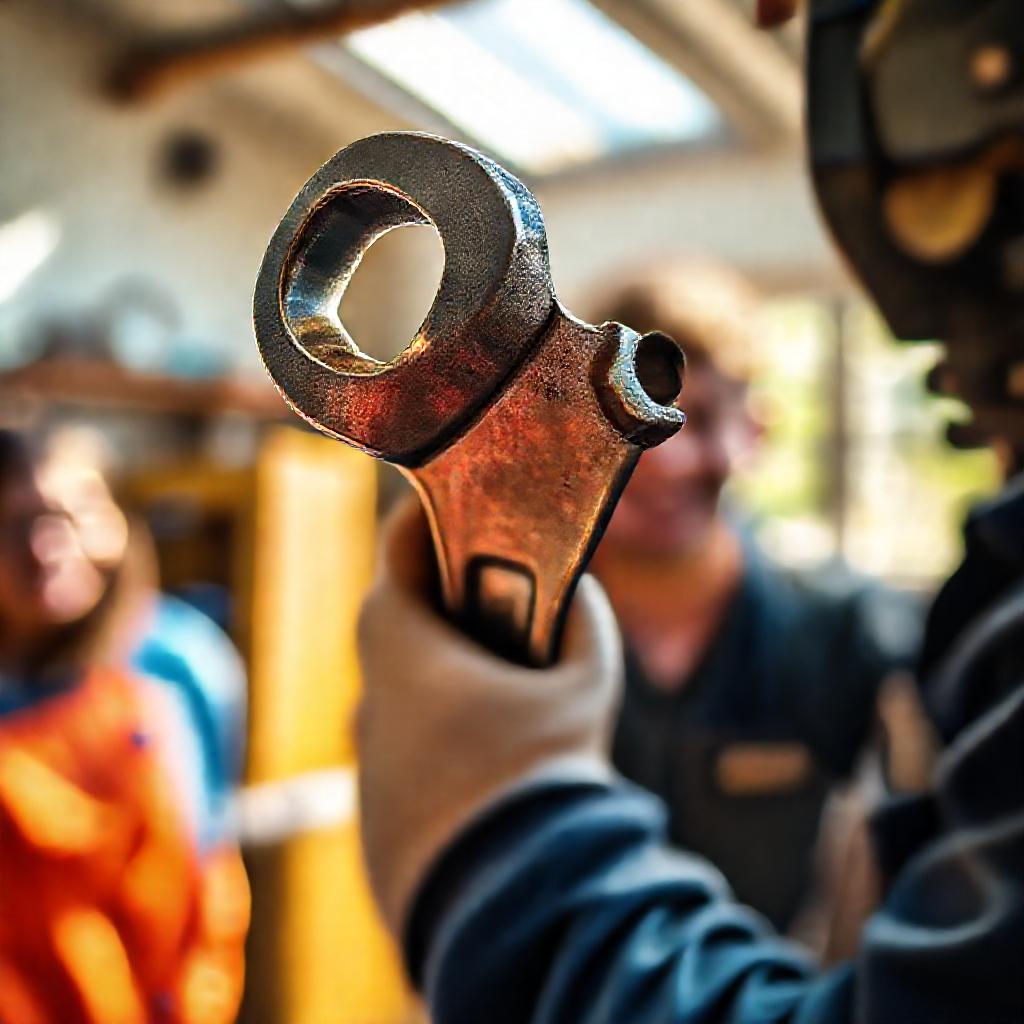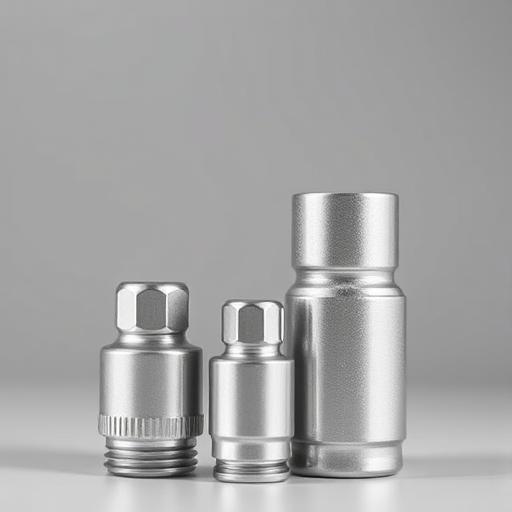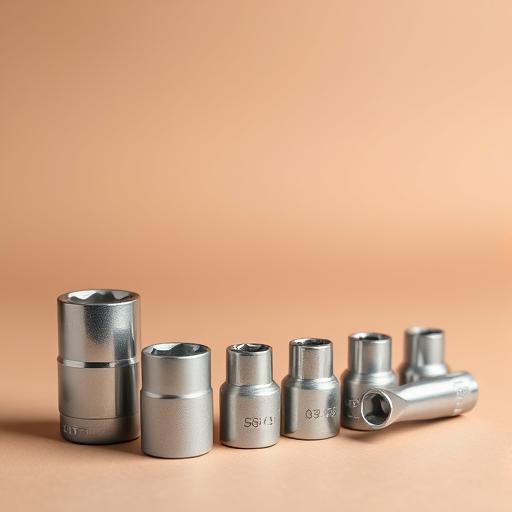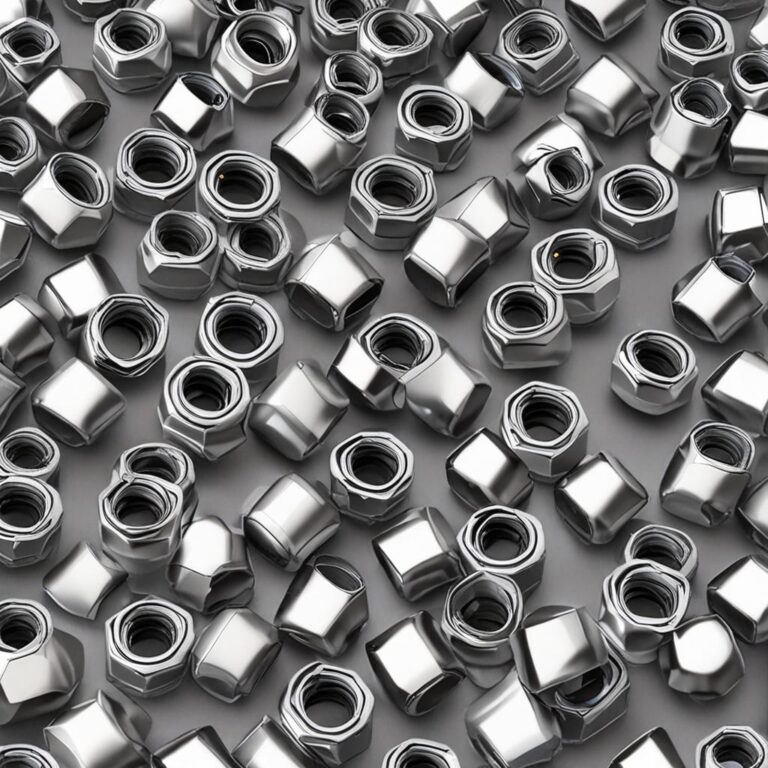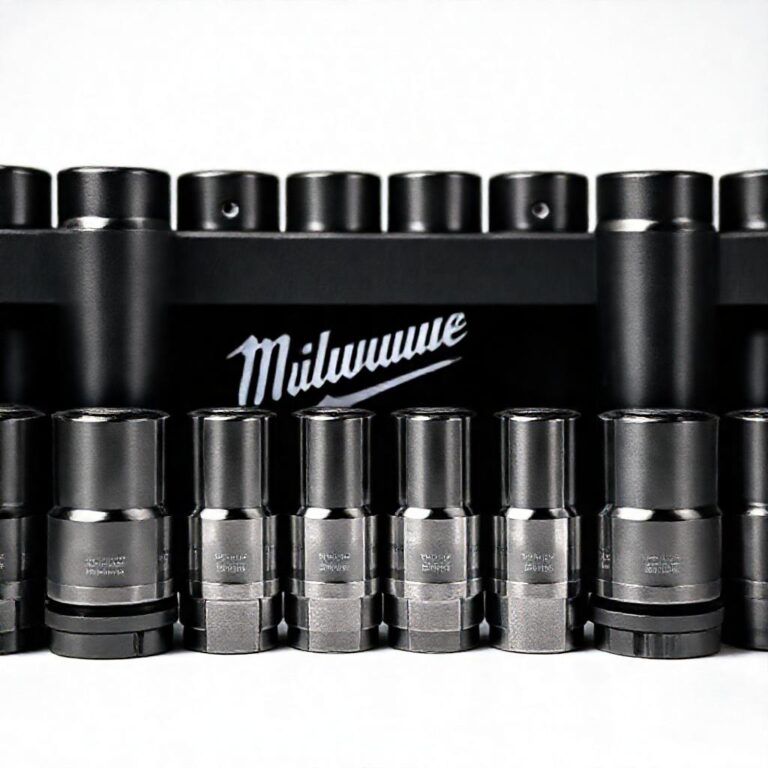What Type of Wrench Surrounds and Grips All Corners When Loosening and Tightening Bolts and Nuts?
When working with bolts and nuts, especially in tight or high-torque scenarios, having a wrench that provides a secure grip is essential. Traditional open-end wrenches often risk slipping or damaging fasteners due to their limited contact points, but certain tools are designed to surround and grip all corners of a fastener’s head. These specialized wrenches ensure maximum torque transmission and minimize the chance of rounding off the bolt or nut, making them a staple in both professional and home toolboxes. This article explores the type of wrench that achieves this, its design, uses, and how to maintain it for long-term reliability.
Understanding the Box Wrench: Design and Functionality
A box wrench, also known as a ring wrench, is a tool characterized by its closed-ring design with precisely machined internal teeth. This structure allows it to encircle the hexagonal head of a bolt or nut, gripping all six or twelve corners simultaneously. By distributing force evenly across the fastener’s edges, box wrenches reduce the risk of slippage and damage, particularly when compared to open-end wrenches, which only engage two corners at a time. Most box wrenches are crafted from high-strength materials like chromium vanadium steel and finished with chrome plating for corrosion resistance, while ergonomic handles enhance grip and comfort during use.
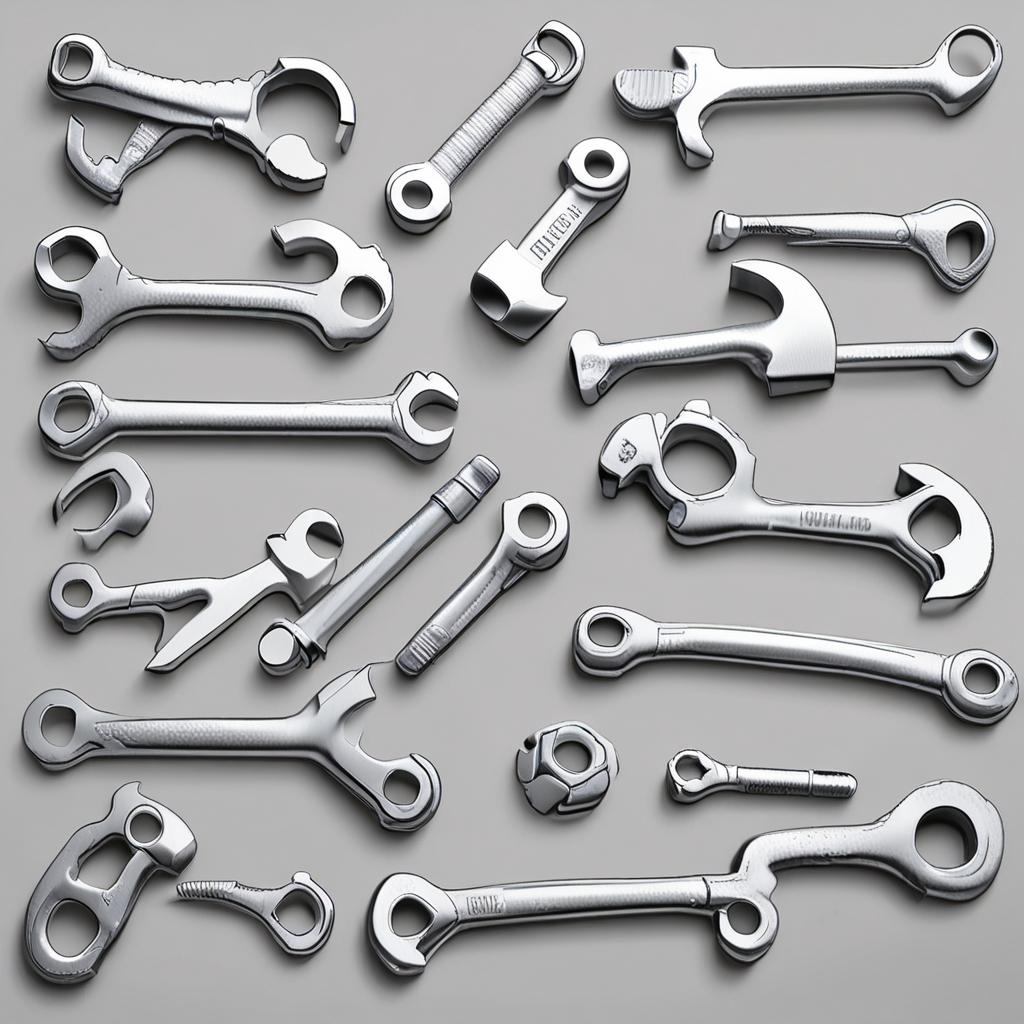
Key Features for Secure Grip and Control
Box wrenches typically come in 6-point or 12-point configurations. 6-point wrenches are preferred for high-precision tasks and maximum torque, as their design aligns more directly with the fastener’s corners. 12-point wrenches, while less precise, offer greater flexibility for alignment in confined spaces. Their closed design makes them ideal for applications where slippage could cause injury or damage, such as tightening critical components in automotive or machinery work. Unlike combination wrenches, box wrenches lack open ends, which means they require more access to the fastener but deliver a superior grip in exchange.
Types of Box Wrenches and Their Uses
Box wrenches are available in two primary variants: fixed and adjustable. Fixed box wrenches are manufactured for specific sizes, ensuring a precise fit for metric or imperial fasteners. Adjustable box wrenches, on the other hand, feature a movable jaw that can adapt to various bolt and nut dimensions, offering versatility at the cost of some grip security. Both types have distinct advantages and drawbacks, making them suitable for different tasks.
Specialty Box Wrenches for Unique Fasteners
For specialized applications, several versions of box wrenches exist. Double box wrenches fit two different sizes, making them space-efficient for workshops. Hex-box wrenches are designed for hex-head screws, such as Allen bolts, often used in furniture or small machinery. Socket extensions, though not wrenches themselves, pair with boxed sockets to reach deep recesses. Impact box wrenches are built to withstand the force of power tools like ratchets, ensuring durability during high-speed or heavy-duty operations. These variations highlight the adaptability of the box wrench design for niche needs.
How to Use a Box Wrench Effectively
Mastering the use of a box wrench involves aligning the tool correctly with the fastener. To apply torque, ensure the wrench’s ring is fully seated around the bolt or nut before turning. Applying force in a smooth, controlled motion prevents stripping the fastener’s edges. Always rotate clockwise for tightening and counterclockwise for loosening, using the wrench’s closed end to maximize stability.
Essential Checklist
Goal Definition
Clearly define objectives and success metrics
Resource Planning
Allocate necessary time, budget, and personnel
Implementation Strategy
Develop step-by-step execution plan
Quality Assurance
Establish testing and validation procedures
Performance Monitoring
Set up tracking and reporting systems
Essential items for What Type of Wrench Surrounds and Grips All Corners When Loosening and Tightening Bolts and Nuts?
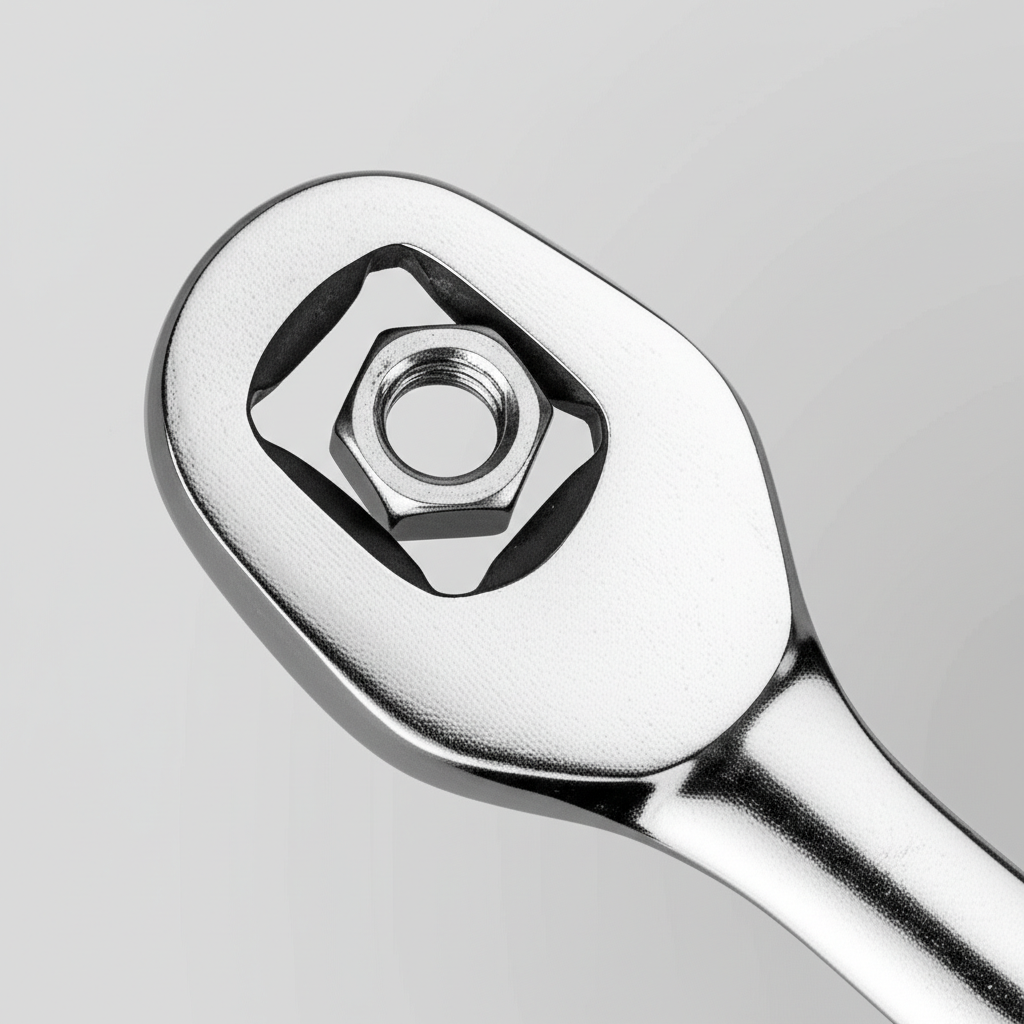
Common Applications in Automotive and DIY Projects
Box wrenches shine in scenarios requiring precision and strength. In automotive work, they are often used to secure wheel lug nuts or engine components in cramped areas. For DIY projects, they’re invaluable when tightening plumbing fixtures or assembling furniture where a firm grip is necessary. However, they are not ideal for damaged fasteners, as the closed ring may slip, risking further deformation. In such cases, a pipe wrench or breaker bar might be more appropriate.
Maintaining Your Box Wrench for Longevity
Regular maintenance extends the life of a box wrench. After each use, wipe it clean with a dry cloth to remove debris and moisture that could lead to rust. For adjustable models, apply a light lubricant to the adjustment mechanism to ensure smooth operation. Store the wrench in a dry, organized tool cabinet to prevent warping or pitting from prolonged exposure to moisture or heavy items.
When to Replace a Box Wrench
Inspect your box wrench periodically for signs of wear. Dull or stripped internal teeth, visible cracks in the handle, or a tendency to slip during use indicate the need for replacement. A damaged wrench can compromise safety and efficiency, so it’s wise to keep a spare on hand for critical tasks. If the jaws become rounded due to repeated use on over-tightened fasteners, replace the tool to avoid recurring issues.
Alternatives to Box Wrenches: When to Choose Different Tools
While box wrenches excel in certain areas, other tools may be better suited for specific jobs. Open-end wrenches offer quick access but are prone to slipping. Socket wrenches combine the closed grip of a box wrench with an open end for ratcheting, ideal for tasks requiring speed. Torque wrenches, though not direct replacements, are used alongside box wrenches to apply exact tightening forces for precision work like engine assembly.
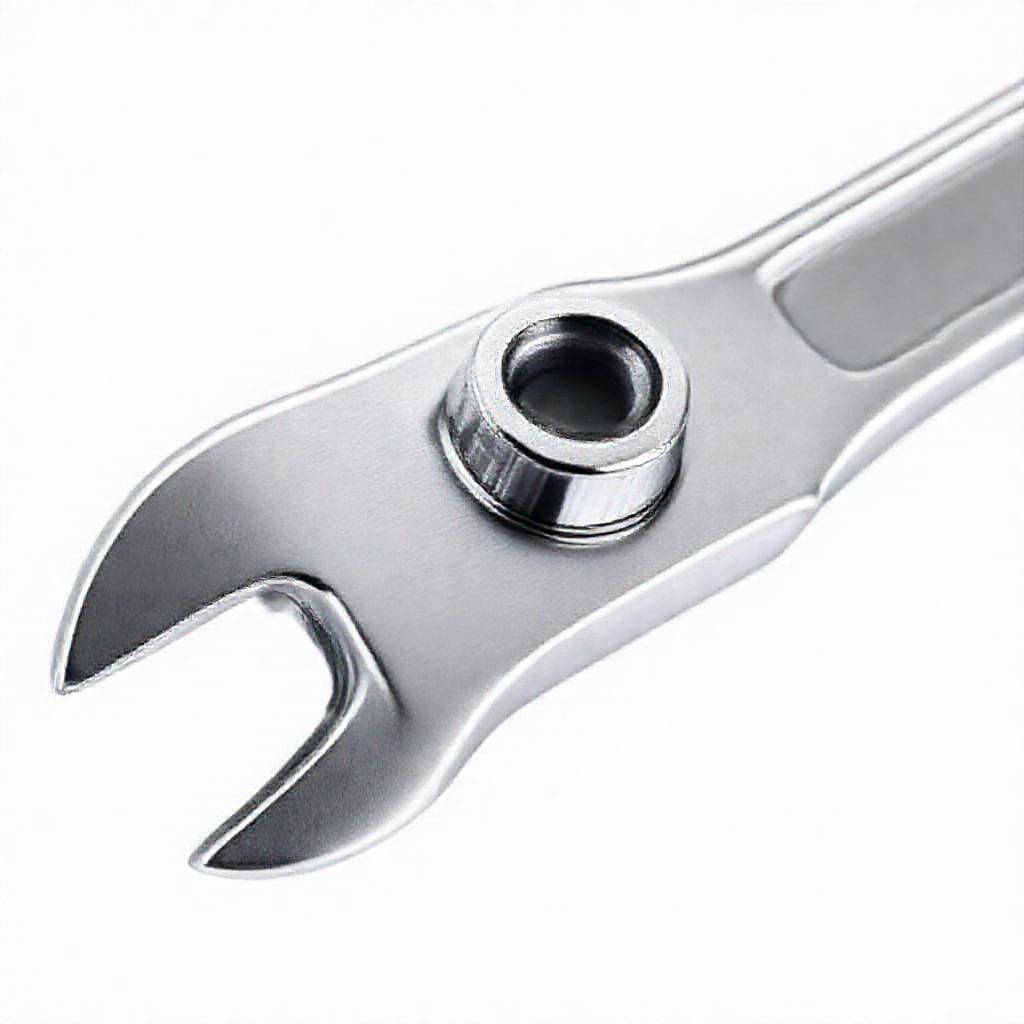
Choosing the Right Tool for the Job
Selecting the appropriate wrench depends on factors like fastener accessibility, torque demands, and workspace constraints. For tight spots, a box wrench’s closed ring is indispensable. If speed matters more than grip security, a socket wrench might be the better choice. Always match the tool to the task—using the wrong type could lead to inefficiency or safety hazards. For example, in a car repair, a box wrench is perfect for lug nuts, but a socket wrench paired with a ratchet would save time when dealing with multiple bolts.
Conclusion: Why Box Wrenches Are a Must-Have in Every Toolbox
Box wrenches are a cornerstone of any toolkit due to their ability to grip all corners of hexagonal fasteners, offering unmatched stability and torque capacity. Whether you’re a professional mechanic or a weekend DIY enthusiast, investing in a quality set of box wrenches ensures safer, more efficient work. For added flexibility, consider combining them with sockets or ratchets to adapt to varying tasks. By understanding their design, proper use, and maintenance needs, you can keep these tools reliable for years to come.
FAQ Section: Answering Common Questions About Box Wrenches
Q: What’s the difference between a box wrench and an open-end wrench?
- A: Box wrenches surround and grip all corners of a fastener, reducing slippage and enabling higher torque. Open-end wrenches grip only two corners, making them faster to use but more prone to slipping in tight conditions.
Q: When should I use a 6-point vs. a 12-point box wrench?
- A: Use 6-point wrenches for precision-heavy applications, such as tightening bolts on engines or machinery. 12-point wrenches are better for quick adjustments in tight spaces where perfect alignment is challenging.
Q: Can I use a box wrench on a rounded bolt or nut?
- A: No. Box wrenches may slip or damage rounded fasteners further. Instead, use a pipe wrench for a gripping jaw or a breaker bar for extra leverage to loosen them safely.
Q: How do I choose the right size box wrench?
- A: Measure the fastener’s width across the flats using a caliper or ruler. Match this to the wrench’s size—common metric sizes include 8mm, 10mm, while imperial sizes range from 1/4 to 3/4 inch. Avoid guessing, as an incorrect size can cause damage.
Q: Are box wrenches suitable for both metric and standard fasteners?
- A: Yes, but ensure the wrench is clearly labeled for the system you’re using. Many comprehensive tool sets include both metric and imperial sizes to cover common household and automotive needs.

